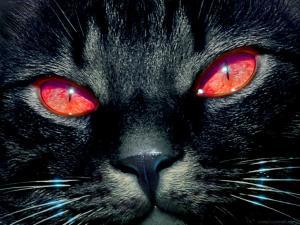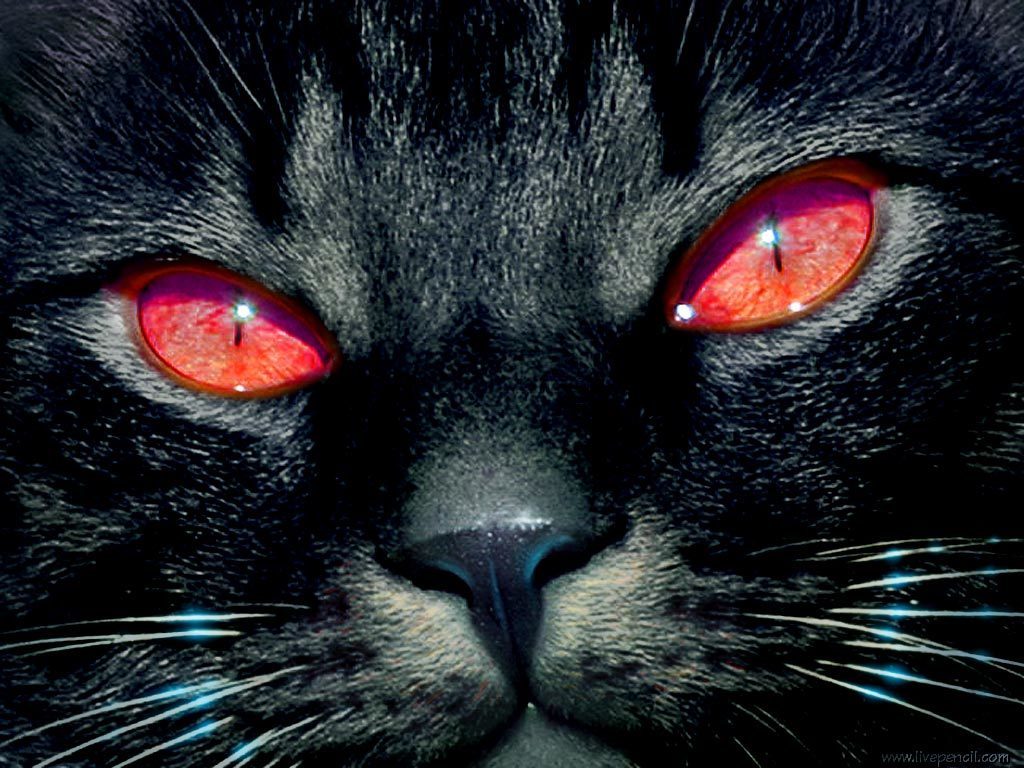This is the latest installment in our weekly series entitled, The Language of the Blues, where author and rocker Debra Devi focuses on the meaning and significance of a unique word used in blues song. Come back every week for the latest! Devi’s The Language of the Blues: From Alcorub to ZuZu is now available at Bluescentric.com!

Blues and jazz musicians use “cat” to refer to other musicians they respect. Scholars suspect this use of cat stems from the Wolof word for singer, katt.
At least seventy percent of the Africans brought to the Americas as slaves came from two major ethnic groups: the Mande from West Africa and the Bantu from Central Africa. The Mande civilization was centered in the Senegambia region of West Africa and included the Wolof, Bambara, Mandingo, Fula, and Serer tribes.
The Wolof are known for their celebrated griots, a hereditary caste of singers who keep the oral history of the tribes in song, much like the bards of Europe did for the courts to which they were attached. The Wolof word for griot is katt, which came to refer to any highly accomplished musician.
In addition, the Wolof suffix -kat is agentive, meaning that it indicates a person. If you add kat after an adjective, you create a compound word. For example: The Wolof adjective hipi describes someone who is sharp and aware of what’s going on. A hipi-kat is a person who is on the ball, or a “hepcat.”
Songs:
“Black Cat Blues” – Memphis Minnie
“Black Cat Blues” – John Lee Hooker, Bernard Besman
“That Cat Is High” – J. Marc Williams
Pick up a copy of The Language of the Blues: From Alcorub to Zuzu at Bluescentric
The Ink Spots – “That Cat Is High”
Memphis Minnie & Kansas Joe – “Black Cat Blues”


